Lavender
-
Product Info
Lavender is a genus of flowering plants which includes many different species and cultivars, all known for their aromatic foliage and beautiful flowers. Lavender is widely recognized for its soothing fragrance and is commonly used in gardens, herbal remedies, and various products.
Flowers: Lavender produces clusters of small, fragrant flowers on long, slender stems. The flowers are typically shades of purple, although there are also varieties with white, pink, or blue flowers. They have a tubular shape with a lipped corolla and attract bees, butterflies, and other pollinators.
Foliage: Lavender plants have narrow, linear leaves that are usually grey-green or silvery in colour. The leaves are covered with fine hairs, which help to reduce water loss through evaporation. The foliage is evergreen or semi-evergreen, depending on the specific species and climate.
Fragrance: The essential oils found in lavender give the plant its distinctive fragrance. The scent is often described as floral, herbaceous, and calming. Lavender's fragrance is widely used in perfumes, soaps, and aromatherapy products for its relaxing and stress-relieving properties.
Appearance: Lavender plants are typically small to medium-sized shrubs with an upright or slightly mounded growth habit. However, there are also dwarf and creeping varieties available. The size and shape of lavender plants can vary depending on the species and cultivar.
Blooming Season: Lavender plants bloom in late spring to summer, with the exact timing varying depending on the species and location. The blooming period can last several weeks, and regular deadheading (removal of spent flowers) can encourage continuous blooming and maintain the plant's appearance.
Sun and Soil Requirements: Lavender thrives in full sun and prefers well-drained soil. It is adapted to dry and rocky conditions, making it a good choice for gardens with poor or sandy soil. Lavender is drought-tolerant once established and is generally not suited to overly wet or waterlogged conditions.
Uses: Lavender is a versatile plant with various uses. It is commonly grown in gardens as an ornamental plant, often used in borders, rock gardens, or as a low hedge. The flowers can be harvested and dried for culinary purposes, such as flavouring teas, baked goods, or infusing oils. Lavender is also popular for its therapeutic properties and is used in natural remedies, essential oils, and bath products.
Maintenance: Proper care of lavender includes regular pruning to maintain its shape and promote healthy growth, especially in spring and after flowering. It is also important to provide adequate air circulation to prevent issues with fungal diseases. Lavender is generally a low-maintenance plant, requiring minimal fertilizer and water once established.
-
Height:
-
Width:
-
Best Soil Option:
-
Flowering Period:
-
Hardy:
-
Pot Size:







